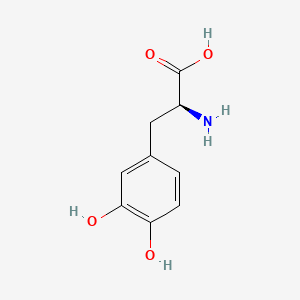Duchesnay Inc., a pharmaceutical company specializing in women’s health, announced that the FDA has approved its supplemental New Drug Application (sNDA) seeking to add moderate to severe vaginal dryness, a symptom of vulvar and vaginal atrophy (VVA), due to menopause, to the indication of Osphena (ospemifene).

The sNDA was based on new safety and efficacy data acquired through a confirmatory phase 3 randomized, double blind, placebo-controlled multicenter study evaluating the efficacy and safety of ospemifene in patients with moderate to severe vaginal dryness. Osphena is non-hormonal and helps improve specific vaginal tissues by increasing superficial cells, decreasing parabasal cells and reducing vaginal pH.
Prior to this approval, Osphena was indicated only for the treatment of moderate to severe dyspareunia (painful intercourse), also a symptom of VVA, due to menopause.
“Many menopausal women are not aware that vaginal dryness is one of the two most common and most bothersome symptoms (MBS) of vulvovaginal atrophy due to menopause. FDA’s approval of this additional indication affirms Osphena’s safety and effectiveness for treating moderate to severe vaginal dryness, broadening its benefits to a larger number of menopausal women,” affirmed Dr. James A. Simon, Clinical Professor of Obstetrics and Gynecology at George Washington University.
Before menopause, estrogen helps maintain the thickness, elasticity and lubrication of vaginal tissues. However, as women age, estrogen levels drop, causing changes in these tissues, which can lead to dryness, itching, burning and painful intercourse.
“With the addition of moderate to severe vaginal dryness to Osphena’s indication, Duchesnay USA can now help postmenopausal women suffering from this symptom of VVA”, explained Dean Hopkins, General Manager of Duchesnay USA. “With this new indication, Osphena now provides an oral option for women who prefer a non-hormonal treatment alternative.”
---------------------------------------------------------------------------------------------------------------------









